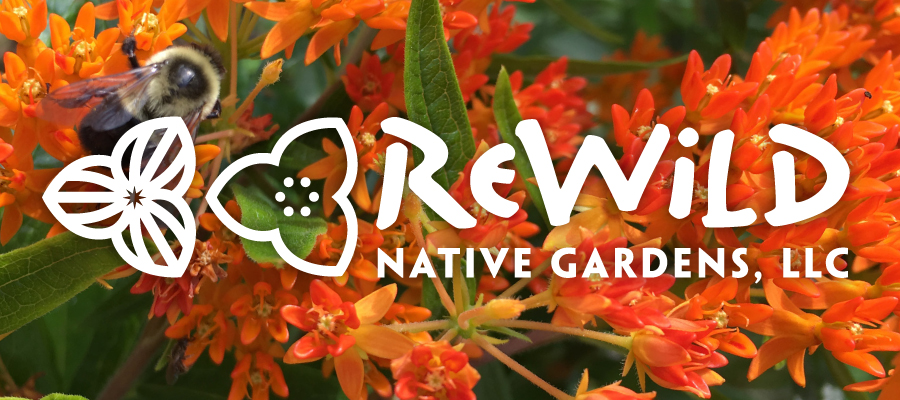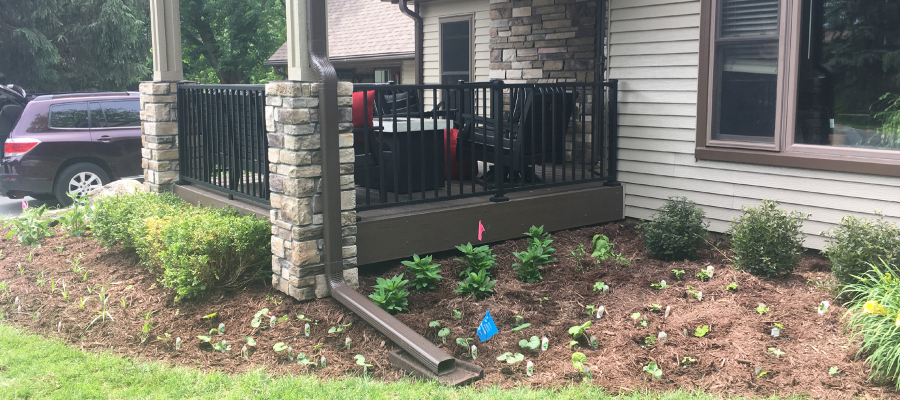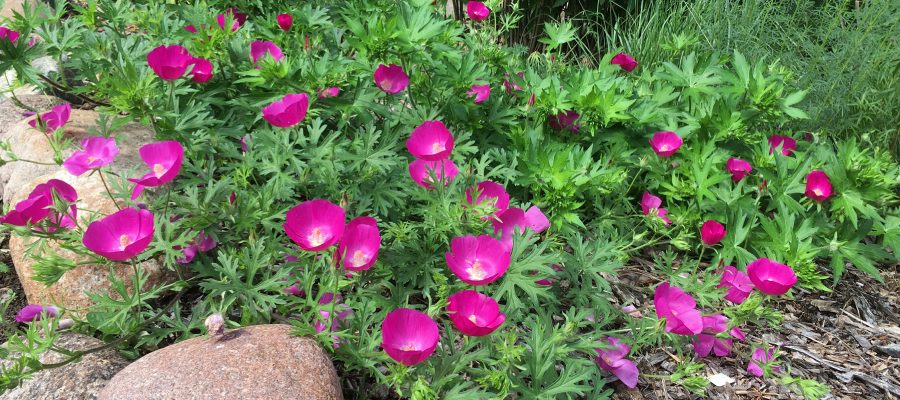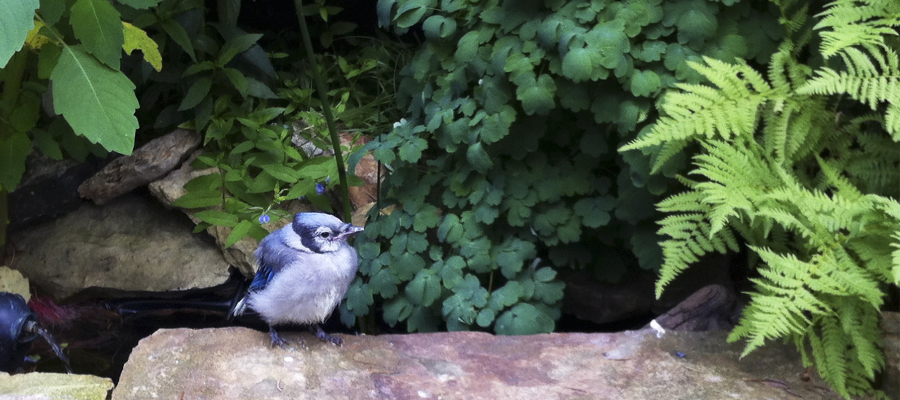GO WILD, PLANT NATIVE!
ReWild creates garden spaces that beautify your yard while also supporting a myriad of important native pollinator and bird species. Gardens that utilize native plants (and wildlife-friendly practices) not only provide nectar and pollen but also act as hosts for butterflies and bees - giving them support for their entire life cycle. Your yard and garden can do more for you, and more for the environment. Interested in learning more? send Andy a message
Why Do Native Plants Matter?
Native plants have evolved to thrive where you live - this means they’re more resilient and better adapted to handle tough growing conditions. Native gardens can address issues like poor soil quality and difficult sites (boulevard plantings, under pine trees, etc) while also decreasing water & fertilizer usage. They are often an underutilized solution for many garden issues.
Native plant ecosystems are struggling. Land development has greatly decreased the amount of wild native habitat - this is important not only for pollinators and songbirds, but the entire food-web (including us!) These species need more than just pretty flowers to survive - they need host plants and habitat in urban areas. Habitat fragmentation makes it difficult for any species to develop a stable population (think how rare it is to see lightning bugs in the city!)
Native plants are cool and unique! Anyone can have a garden of hosta, daylilly and ferns…but how many of us can say they grow a species of phlox that is endangered in the wild?
How Do Native Plantings Help?
The ultimate aim when designing native gardens is to create connected wildlife corridors - this allows plant and animal life to flow and move through a region - connect the dots! The goal is to achieve a diverse, thriving garden that is literally buzzing with life.
Native plants and pollinators have coevolved together, and it has been observed that many species of native bees have a strong preference for certain native flowers. Solitary bees utilize standing plant stems for rearing young - wildlife friendly maintenance practices ensure there is plenty of nesting material. Click here for more information on native bee nesting sites.
Author and ecologist Douglas Tallamy has been a large influence on ReWild’s garden practices – we follow guidelines (the “Chickadee Proportion”) set by Tallamy in his book Bringing Nature Home which states a 70% minimum native plant composition for every garden in order to foster healthy and balanced native insect life. This balance is crucial for a number of species, but Chickadee populations were the basis of the study; gardens without 70% native plants could not sustain a Chickadee population due to unavailability of protein - bugs! click here for more on Tallamy’s “chickadee proportion”
Will My Garden Look “Weedy”?
Weeds are…sometimes…just the wrong plant in the wrong place, and they can often be fantastic indicators for what’s going on with that specific growing location. By looking at that weed species’ growing preferences, we can choose desirable plants that will thrive in that spot as well, and outcompete the unwanted plant. We design gardens with the mantra “the right plant in the right place” constantly in mind. A good garden design has layers of color, texture, height and structure - plants are thoughtfully selected to achieve an aesthetically attractive space. Planting perennial species in drifts and staggering flowering times also helps create both order and interest in the garden. All that said, native gardens are notoriously slow to mature, so this may not be the solution for those looking for a quick fix. It’s also good to bear in mind that a “maintenance free” garden is a myth - all gardens require regular maintenance and upkeep, they are living things after all.







